
"Compassion and the Individual" Tenzin Gyatso: The Fourteenth Dalai Lama
The purpose of life
ONE GREAT QUESTION underlies our experience, whether we think about it consciously or not: What is the purpose of life? I have considered this question and would like to share my thoughts in the hope that they may be of direct, practical benefit to those who read them.
I believe that the purpose of life is to be happy. From the moment of birth, every human being wants happiness and does not want suffering. Neither social conditioning nor education nor ideology affect this. From the very core of our being, we simply desire contentment. I don't know whether the universe, with its countless galaxies, stars and planets, has a deeper meaning or not, but at the very least, it is clear that we humans who live on this earth face the task of making a happy life for ourselves. Therefore, it is important to discover what will bring about the greatest degree of happiness.
BE A SUPPORTER OF HIS HOLINESS AND WORLDWIDE COMPASSION…

"Love and Honesty: What We Hide and Why We Lie" by Sarah May Bates
Why sometimes people aren’t honest with us and sometimes we’re not honest with ourselves.
This one’s written for a person who contacted me who’s newly single and dating quite a bit. He has a few different partners and has had a lot of difficulty saying he is doing so because it goes against everything he wants in the moment.
I want to talk about honesty and dishonesty and how it comes into play in relationships. So if you’re the type of person who dates and doesn’t tell the other person where you’re really at – or if you’re super jealous and suspicious about your partner and it drives you mad, this is for you.
Just to be clear – this is not about the trivial niceness lies that don’t come up often – like telling someone you love the pie they made, or saying you have to cancel plans because of work when it’s really because you don’t feel like going out. This is about emotional honesty – the habits and ways of being that seem small, but actually create who you are and how you form bonds with others. Because the simple act of being honest can change your life in awesome earth-shattering ways.
BE A SUPPORTER OF MS. BATES’S WORK

"The Cost and Benefits of Emotional Honesty" by Linda and Charlie Bloom
"He who dares not offend cannot be honest." -Thomas Paine
"Most of us feel that others will not tolerate emotional honesty. We would rather defend our dishonesty on the grounds that it might hurt others; and having rationalized our phoniness into nobility, we settle for superficial relationships." from Why Am I Afraid to Tell You Who I Am? by John Powell.
One of the main factors that sets great relationships apart from merely good ones is the depth of emotional intimacy. There are, of course other factors that contribute but authenticity, vulnerability and deep emotional connectedness are right up there at the top of the list. When two people commit themselves to the process of deep diving (into the soul or the psyche) they become, in the words of our friend Sam Keen, "psychonauts", who unlike astronauts who explore the outer reaches of space, choose rather to explore the inner reaches of the heart and mind. Both types of exploration require courage, curiosity, motivation, and a spirit of adventure.
BE A SUPPORTER OF PSYCHOLOGY TODAY AND THE BLOOM’S

“Heaven on Earth” by Jeannie Zandi
As the Holy creates the world in each moment, the ground level of its expression is the field of vibration. Everything that you can see, everything that is, is made of vibration. Step back from thought, step back from seeing things as objects, and let yourself notice the hum, the vibration, the sensation of existing, of being. Without definition, without evaluation. It is impossible to be wrong. You just are.
It’s a given. It’s the gift of life. It’s the gift of existence. When we stay very close to this ground of being, this simple ground of presence and sensation, the Holy can create through us of its own accord rather than through our preconceived concepts.
BE A SUPPORTER OF MS. ZANDI’S WORK

"The Surrender to Transformation" by Rev. Emily Wright-Magoo
Come into this space, where today we consider the surprise, the surrender, the gift… that is part of the process of transformation.
Let mystery have its place in you; do not be always turning up your whole soil with the plowshare of self-examination, but leave a little fallow corner in your heart ready for any seed the winds may bring, and reserve a nook of shadow for the passing bird; keep a place in your heart for the unexpected guests, an altar for an unknown God. – Swiss philosopher and poet Henri-Frederic Ariel
STORY
Once upon a time, a stream, from its course in far-off mountains, passing through every kind of countryside, at last reached the sands of the desert.
Just as it had crossed every other barrier, the stream tried to flow across the sand, yet as fast as it ran into the sand, its waters disappeared.
BE A SUPPORTER OF EMILY WRIGHT-MAGOO’S WORK
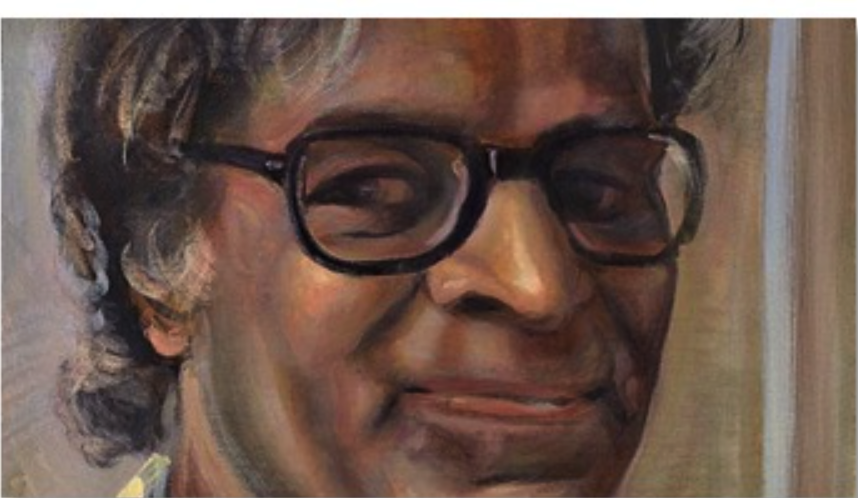
"Anthony de Mello" by Joan Chittister
Anthony DeMello, the Jesuit spiritual teacher and psychotherapist, died suddenly of a heart attack on June 2nd in 1987 at the age of 56. In memory of his life, printed below is a piece Sister Joan wrote about him for an article entitled "The Spiritual Art of Three Modern Masters" that appeared in the U.S.Catholic magazine in June, 1994. The other two masters were Dorothy Day and Thomas Merton.
I never met the man and I never made one of his retreats. I never read anything he wrote and I never studied his curriculum vitae. I've never talked to anyone who talked to him and I've never heard one of his tapes. But few people have had a greater impact on my life. DeMello was not a designer of spiritual systems. He was not a lawgiver. He was not a cheerleader for a collection of esoteric spiritual exercises. No, Anthony DeMello was a teller of ancient stories whose stories rearranged the human landscape. It is in the stories that he told that I met Anthony DeMello and knew at once that he was unforgettable.
BE A SUPPORTER OF SISTER CHITTISTER’S WORK

“The God of Many Tongues” by Sister Joan Chittister
Each great spiritual tradition, in its own way, suggests a model of what it means to be a holy person. Each of them shines a light on the human ideal. Each of them talks about what it takes to grow, to endure, to develop, to live a spiritual life in a world calculatingly material and sometimes maddeningly unclear.
Every major spiritual tradition—Hinduism, Judaism, Buddhism, Christianity, and Islam—brings a special gift to the art of living the spiritual life. Each of them refracts the light of its own spiritual wisdom texts in particularly sharp and distinct ways. Each of them strikes a different tone in giving the great truths of life that form a chord, a symphony of truth.
BE A SUPPORTER OF SISTER JOAN CHITTISTER’S WORK

"The Age of We Need Each Other" by Charles Eisenstein
Fifteen years ago when I began writing books, I had high hopes that someday I would be “discovered” and that “my message” would thereby reach millions of people and change the world for the better.
That ambition began to disintegrate soon after when after years of labor The Ascent of Humanity found no takers in the publishing world. So I self-published, still hoping that word-of-mouth would propel it to best-seller status. That would show all those publishers! I remember looking at the sales numbers in August 2007 – its fifth month, about the time it should have been gaining momentum. Total sales that month: five copies. Around the same time I was evicted from my apartment (having pinned all my hopes and income on the book) and spent the next half year living temporarily in other people’s houses, children in tow.
BE A SUPPORTER OF MR. EISENSTEIN’S WORK

"Divine Feminine" by Jeannie Zandi
Not long ago I dreamed friends wanted me to come upstairs from a dark basement to meet some people. I ascended, realizing as I climbed that my pupils were fully dilated as if still in the dark. Reaching the people, my pupils had not changed and I could not see. Moreover, I had no active principle in me, receptively present to the depth of my being, which was bottomless night. At their mercy, I was unprotected even by the veil of a social face. Blind to the lit world and ecstatic, I turned toward them as an ambassador of the gorgeous dark, entirely open and given.
BE A SUPPORTER OF MS. ZANDI’S WORK
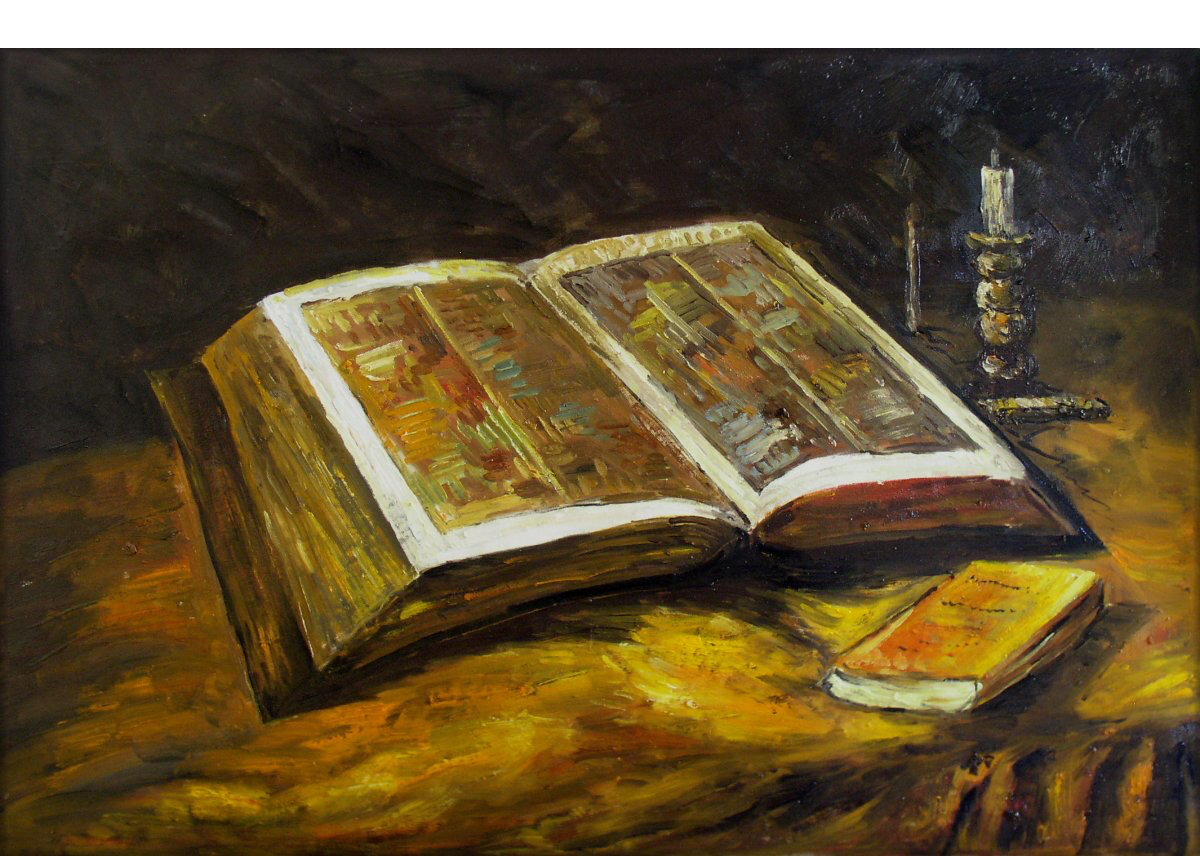
"Myth and the Bible" (Parts 1, 2) by Jeffery Small
When you hear the word “myth” associated with the Bible, what is the first thought that comes to your mind? Do you define the word “myth” to mean that the stories described are not factually true?
My reading of the Bible has undergone an evolution over the years. As a child, I was taught the various stories as if they were actual historical events. As my understanding of science and the world began to broaden, I saw that a literal reading of many of these stories was impossible. I came to view the Bible as myth, by which I meant non-historical stories that contained a moral message. Today, my understanding of the Bible as myth has taken another step. Although I still do not believe that many of the stories are historically or factually accurate (although they may be anchored in historical events), I view “myth” in a broader and more meaningful sense. Mythology is a form of literature that expresses fundamental truths in a way that ordinary discourse is inadequate to describe. Mythology adds a richness of detail and a concreteness to metaphorical language. Now when I refer to the stories in the Bible as mythology, I do not intend to do so pejoratively. Reading these stories as myths gives me the freedom to understand their underlying meaning in a way I never could before.
BE A SUPPORTER OF MR. SMALL’S WORK
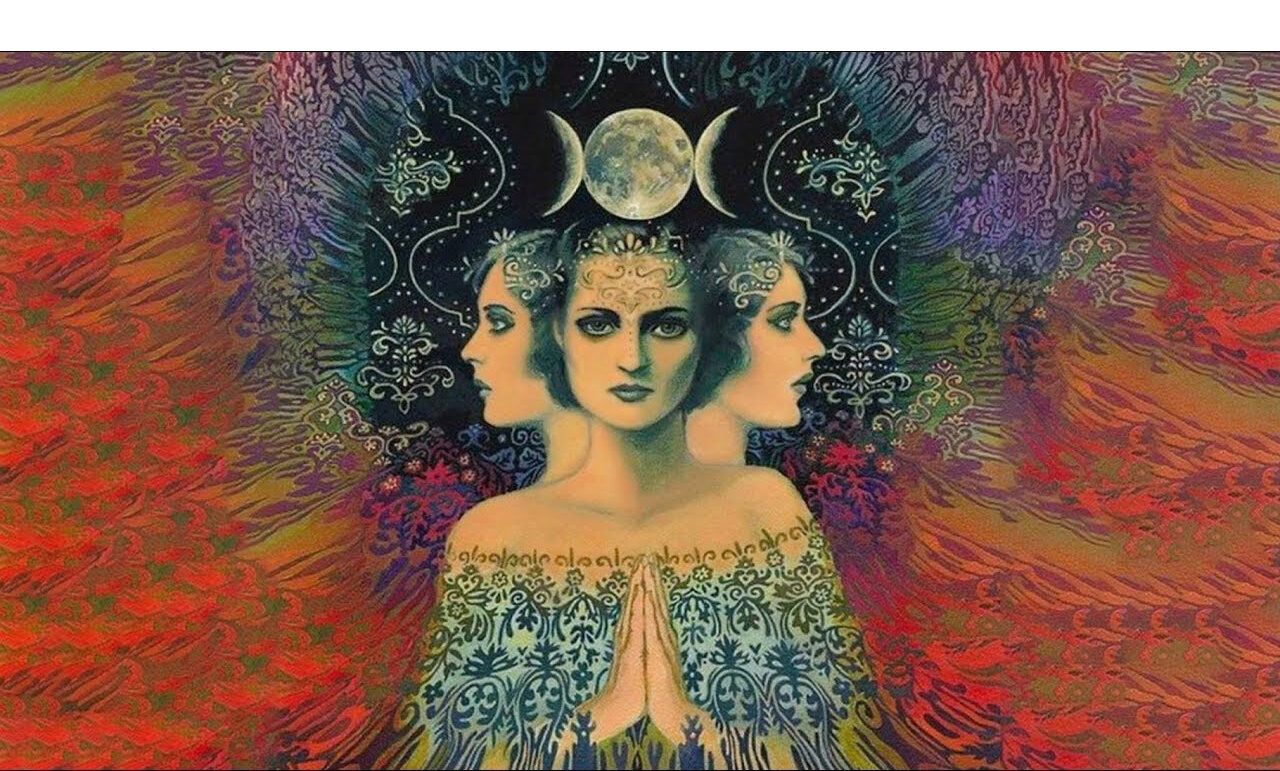
"What Is the Sacred Feminine? An excerpt from Voices of the Sacred Feminine" edited by Rev. Dr. Karen Tate by Amy Peck
The Sacred Feminine is a concept that recognizes that “God” ultimately is neither anthropomorphically male or female but a Divine Essence (Goddessence) beyond form and duality – an essence that is in balance and unification of masculine and feminine principles – a dynamic interdependent “Immanence” that pervades all life. The Asian Yin Yang icon is a good representation of this idea.
BE A SUPPORTER OF KAREN TATE and AMY PECK’S WORK
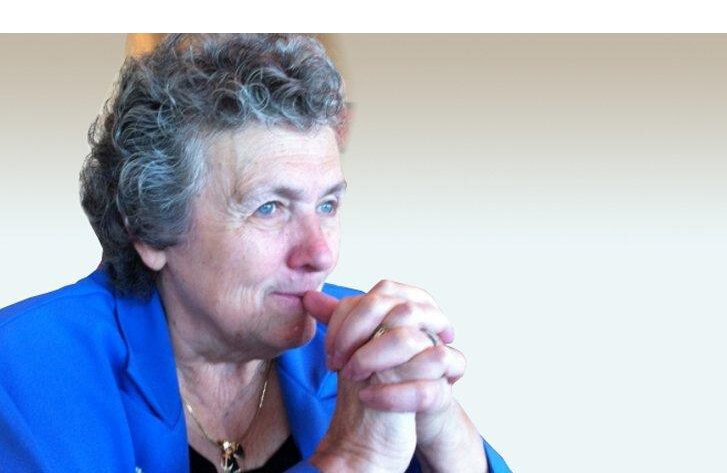
“The Seven Blessings That Come With Aging" by Sister Joan Chittister, OSB
The one certain dimension of US demographics these days is that the fastest growing segment of the American population is comprised of people above the age of 65. We, and all our institutions, as a result, are a greying breed. At the same time, we are, in fact, the healthiest, longest lived, most educated, most active body of elders the world has ever known. The only real problem with that is that we are doing it in the face of a youth culture left to drive a capitalist economy that thrives on sales.
SUPPORT BOTH THE HUFFINGTON POST AND SISTER CHITTISTER
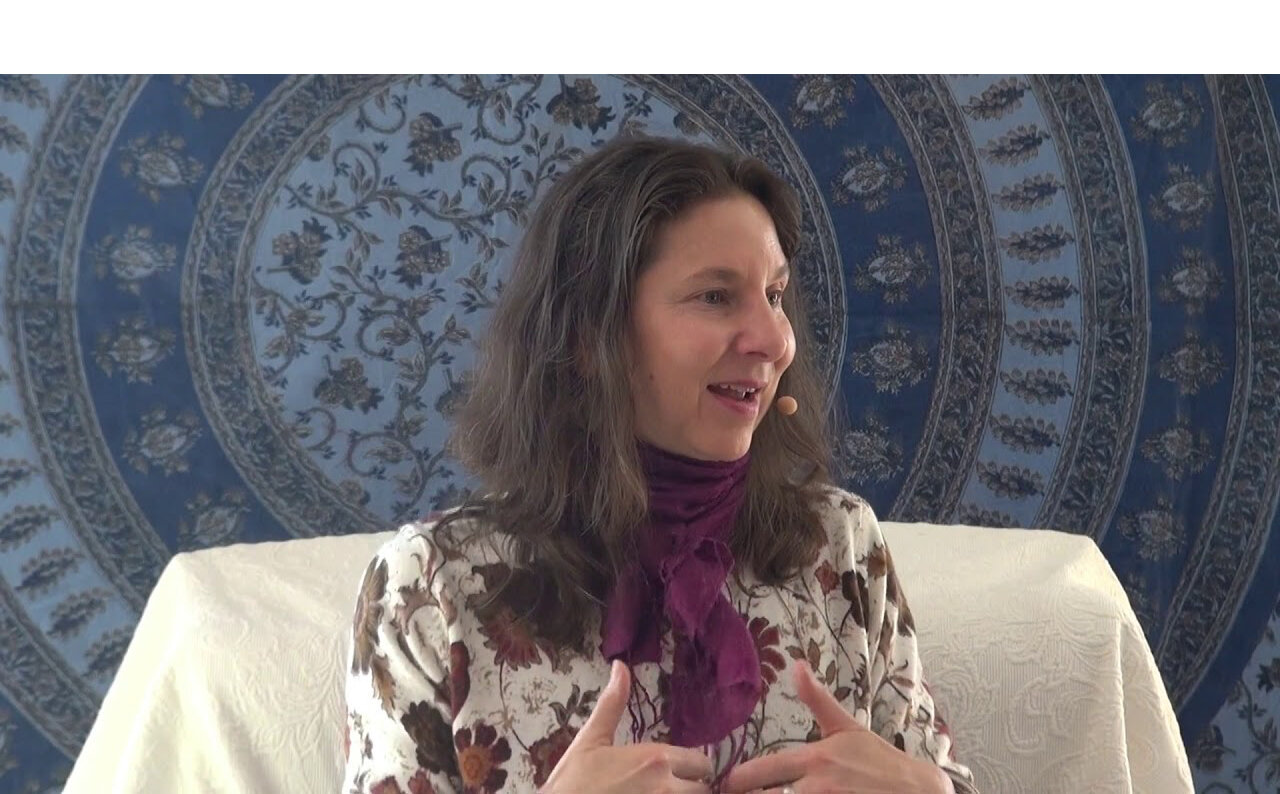
"Get Thee to a Nunnery: Relating and the Sanctuary of Being" by Jeannie Zandi
Below the mind there is a beautiful, inarguable, direct experience that you are. I invite you to notice this fact: the felt sense of presence and all the flavors of what it is like to be, right now, going nowhere. When we are invited here, when we land in this moment, we find the simplicity and nourishment that emanate from the core of our being as we rest from the outer world. To the extent we can drop our attention away from the content of thought and open ourselves to this holy dimension of life, to presence, we are fed. We are zeroed and soothed in this stillness, resting from all of the things we've created, all the messes we've made and the victories we've had. For a time, we can just rest in a dimension deeper than thought, below the particulars, and drop into raw being.
BE A SUPPORTER OF MS. ZANDI’S WORK

"Jesus and the Tao" by Francis Ritchie
If you have an aversion to Eastern philosophy (even though Christianity is, by origin, an Eastern religion), bear with me, I think you’ll find this interesting anyway. I’ve been trying to find a cohesive way of expressing what I believe the person of Jesus calls us towards that steps into something much deeper than just a conversion to a codified religion and its accompanying world-view (Christianity). The Tao (Dao) offers something into this space. With that in mind, here I want to explore Jesus and the Tao.
BE A SUPPORTER OF REV ’S RITCHIE’S WORK

"LISTENING: Two Ways Of Listening: John and Peter" by J. Philip Newell
The stream of Celtic spirituality, from Pelagius in the fourth century to George MacLeod in the twentieth, is characterized by the expectation of finding God within, of hearing the living voice of God speaking from the very heart of life, within creation and within ourselves. It is a spirituality that recognizes the authority of Saint John and reflects his way of looking and listening for God. At the decisive Synod of Whitby in 664, where two distinct ways of seeing, represented by the Celtic and Roman missions, came into conflict, the former allied itself to John. Coleman of Lindisfarne argued that the Celtic tradition originated from Saint John, the disciple who was, he said, “especially loved by our Lord.” Wilfrid, on the other hand, argued for the Roman mission, which, he claimed, was based on the authority of Saint Peter, whom he called “the most blessed Prince of the Apostles.” The tragic outcome of the synod was not that it chose the Roman mission but that it neither made room within the church for both ways of seeing or declared that both were firmly rooted in the gospel tradition.
BE A SUPPORTER OF MR. NEWELL’S WORK
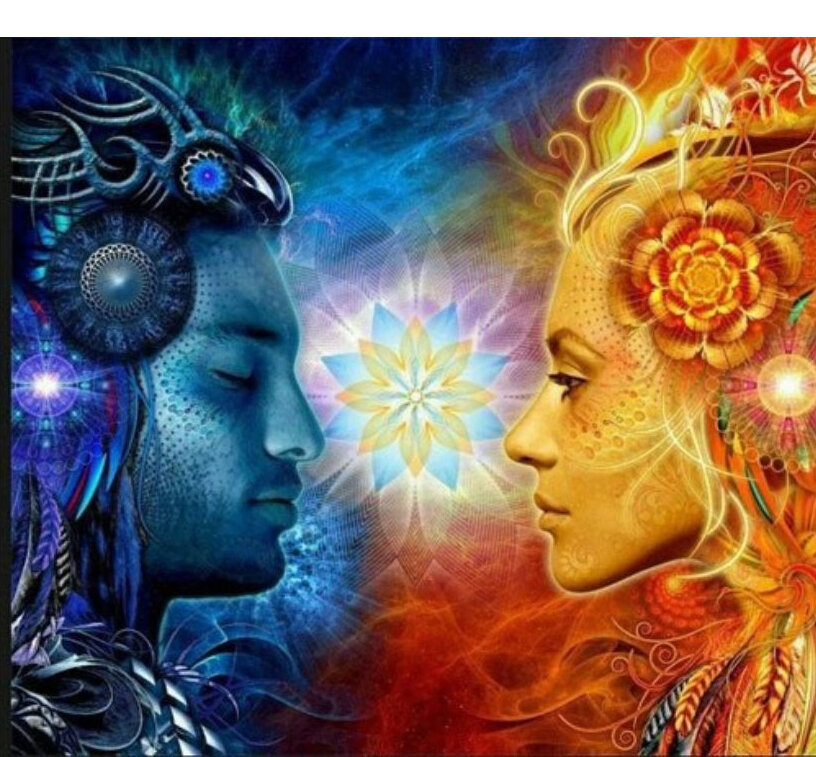
"The Sacred Feminine Today" by Llewellyn Vaughan-Lee
Today there is a resurgence of interest in the sacred feminine. The immense popularity a few years ago of Dan Brown’s The Da Vinci Code spoke not just to our enjoyment of a good thriller but also to the mystery of the divine feminine in Western culture, which is the real thread of the book’s chase, from the enigmatic smile of the Mona Lisa to the search for the grail and the heritage of Mary Magdalene. We know now how the feminine mysteries were present in Greek culture and myth, as imaged in the story of Persephone, and enacted for more than 2,000 years in the initiations at Eleusis. In the early Christianity women had spiritual equality, and the significance of Mary Magdalene, the disciple whom Jesus loved more than others, being the first to see the risen Christ, points to the esoteric significance of the feminine. We have also learned how the power of the sacred feminine was repressed by the Church fathers, and Mary Magdalene purposely misidentified as a prostitute.
SOURCE: PLEASE SUPPORT THE HUFFINGTON POST
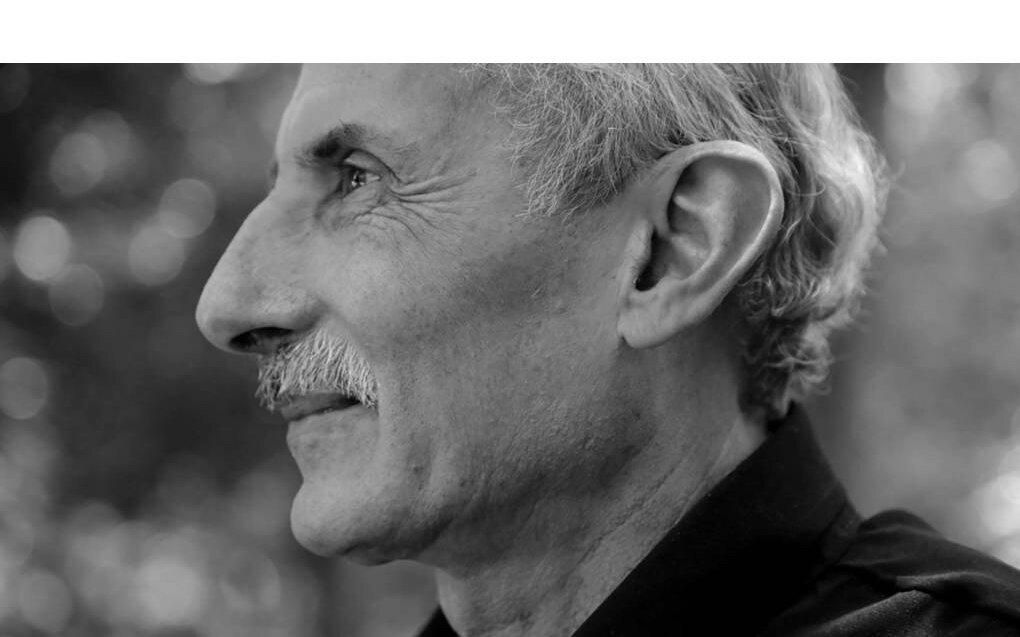
"Bringing Home the Dharma: Awakening Right Where You Are" by Jack Kornfield
RAIN is a useful acronym for the four key principles of mindful transformation of difficulties. RAIN stands for Recognition, Acceptance, Investigation, and Nonidentification. A line from Zen poetry reminds us, “the rain falls equally on all things.” Like the nourishment of outer rain, the inner principles of RAIN can be applied to all our experience, and can transform our difficulties.
BE A SUPPORTER OF MR. KORNFIELD’S WORK
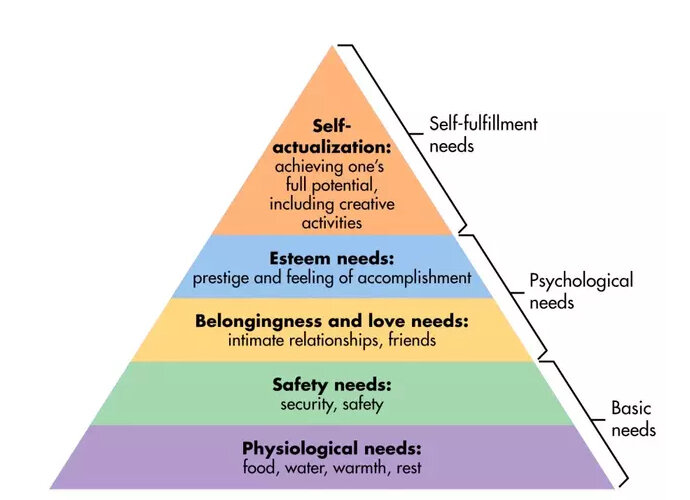
"The Evolution of Consciousness as Recorded in Ancient Times " by JC Tefft
When considering the underlying meaning and message of ancient scripture from the standpoint of evolving Consciousness, biblical stories reveal that the flowering of conscious Awareness amidst the Hebrew tribes was less about a ‘chosen people’ searching for their ‘promised land’ and more about a transformational progression within certain personages in Hebrew society from lower to higher ‘levels’ of conscious Awareness in their lifetime and in generations that followed. First one, then two, then four, and so on down the line, as an ever-growing number began to awaken unto the Light until at one point, in an instant, a sort of ‘grand mal’ awakening occurred in the person of Jesus wherein attachments to mental constructs of Mind collapsed entirely. Two others that we know of, the Buddha in India and Lao Tzu in China, were similarly transformed more than five centuries before.
BE A SUPPORTER OF J.C. TEFFT’S WORK
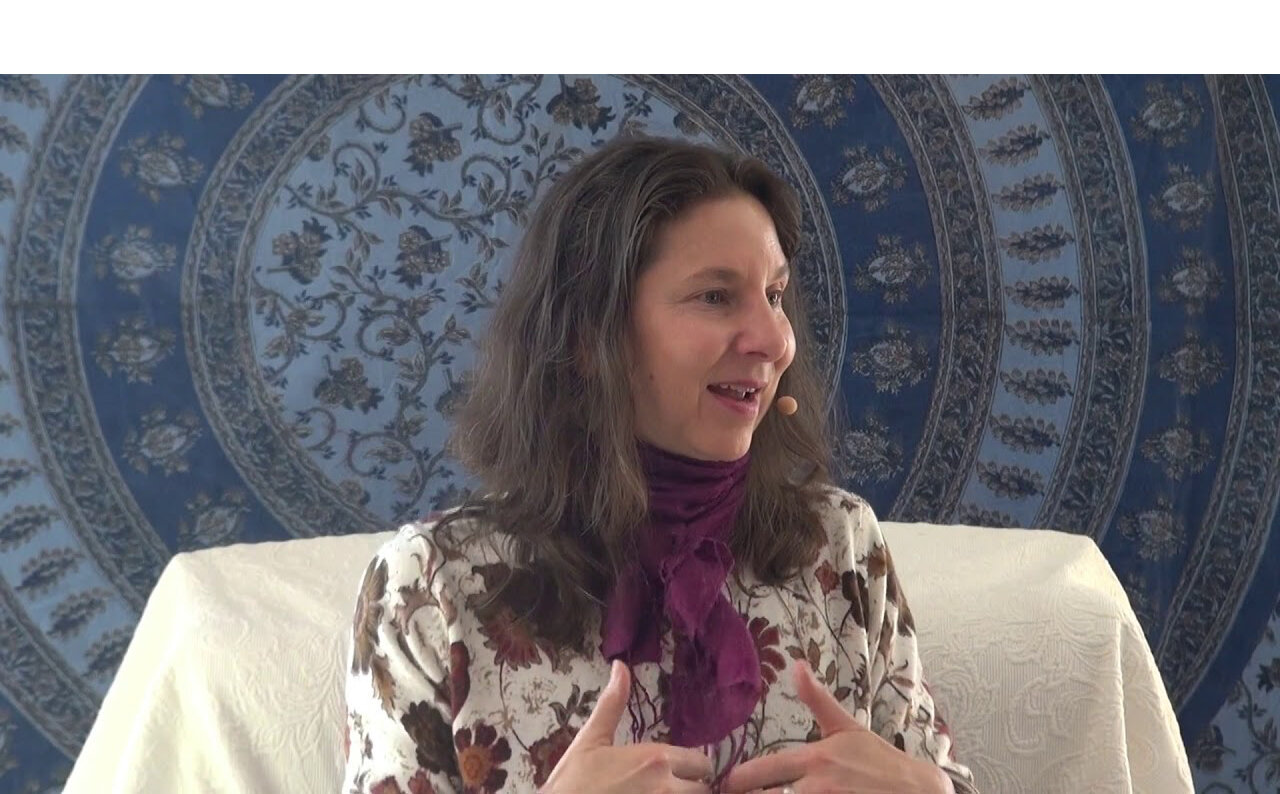
“Why Are Men Like That?" by Jeannie Zandi
I have heard this question asked in many different tones lately, but rarely with curiosity, concern and a sincere desire to understand. As an ally to men since the beginning of the Men's Movement of the late 80s, I would like to share, humbly as a woman, a bit of what I have gleaned over the past thirty years for anyone with a desire to understand those guys -- our brothers, fathers, sons, friends, and lovers, or anyone who grew up with men’s conditioning.
The first phrase I learned to say as a toddler was “Bad boy!” It was my weapon to get my mother’s attention when my older brother was doing something I didn’t like. It was the lens through which my mother, a product of her culture, related to children who had inconvenient feelings or uncooperative or unsavory behavior. From a very early age, I learned to relate to boys as their victim (and sometimes I was!), their boyish energy often seen as inherently oppressive to others. In turn, they learned to see themselves as bad boys and to try very, very hard to be good ones.
BE A SUPPORTER OF JEANNIE’S WORK
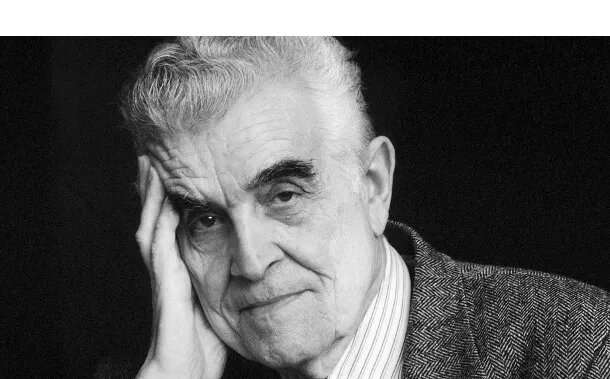
"René Girard’s Legacy" by Mark Anspach
Sometimes the greatest ideas appear to be simple ones. The famed critic and cultural theorist René Girard, who passed away at his Stanford home on November 4, 2015, gave the world a set of deceptively simple ideas that have changed the way we think about desire, violence, religion, and human nature itself.
What do people really want? Why do they fight? What is religion all about? And how did human culture get started in the first place? Girard tackled such bedrock questions head-on, offering boldly original answers expressed in admirably clear language. The last of the Grand Theorists, he was a sophisticated Continental thinker who always kept his feet planted firmly on the ground. His ideas are never purely theoretical. They help make sense of everyday life.
PLEASE SUPPORT the IMITATIO PROJECT

